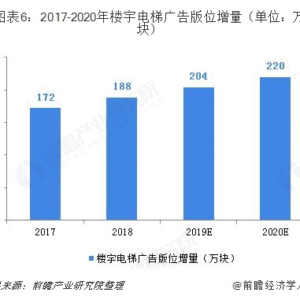Since its inception, digital signage has been called the “fifth media” and a crucial component of offline media. With technological advancements, digital signage has evolved from simply displaying images to supporting a variety of program elements, including video, images, audio, web pages, documents, weather, time, mixed broadcasts, HDMI input, APKs, and more. It also supports human-computer interaction, making it a primary carrier for outdoor advertising. However, digital signage has always suffered from the same problem as other outdoor media: the inability to track advertising effectiveness. At best, only a rough estimate can be made, making it difficult to accurately measure the effectiveness of advertising media.
Now, there is finally an effective solution to this problem: the application of facial recognition technology in digital signage has made it possible to monitor the effectiveness of outdoor advertising.
Let’s use Seemetek’s [Facial Recognition-Based Precision Marketing and Customer Counting Solution] as an example to explain how facial recognition technology can be used to monitor advertising effectiveness.
When a visitor enters the digital signage’s recognition area, the signage camera automatically captures their face and transmits the facial information to the Simeitai AI motherboard for facial attribute detection (including gender and age) and analysis. The system also automatically records the visit time. When the face leaves the recognition area, the system automatically calculates the dwell time and generates a report in the backend.
Dwell Time
Dwell Time: This function provides statistics on the duration of each visitor’s appearance in front of the camera until their departure. Quick queries can be performed by the most recent day, week, month, quarter, or six months.
You can view statistics on total visitor volume, comparison to the previous day (displayed as a percentage increase or decrease), gender ratio, and age distribution by time period. You can select four time periods for dwell time distribution: less than 1 minute, 1-3 minutes, 3-5 minutes, and more than 5 minutes. The pie chart only displays time periods with available data; periods without data are not displayed. Clicking a pie chart displays the total visitor volume, gender, and age distribution for the selected pie chart.
Real-time Passenger Flow Statistics
Real-time Passenger Flow Statistics: Displays hourly real-time passenger flow statistics for the current day within a 24-hour period.
View current passenger flow statistics, comparisons to yesterday (displayed as percentage increase or decrease), overall gender ratio, and age distribution in real time. Hover the cursor over a specific time period to display the total passenger flow and overall gender ratio for the current period.
Group passenger flow statistics for each group and for each terminal can be viewed by terminal on the left.
Passenger Flow Trends
Passenger Flow Trends: Query passenger flow trend statistics for the most recent day, week, month, quarter, half year, year, or three years. Line charts provide a visual representation of passenger flow trends.
Contains statistics for the selected time period, comparisons to yesterday (displayed as percentage increase or decrease), overall gender ratio, and age distribution. View total passenger flow statistics and overall gender ratio for the displayed time period. Group passenger flow statistics for each group and for each terminal can be viewed by terminal on the left.
Using facial recognition technology, Visiontech can help advertisers more scientifically and intuitively understand how many people viewed their ads, whether they fully viewed the ad, which groups were interested in the ads, and whether they aligned with their target audience. This allows for precise measurement of advertising media effectiveness and addresses pain points in the outdoor advertising industry.
In fact, Visiontech’s “Precision Marketing and Customer Traffic Counting Based on Facial Recognition” solution can also measure traffic in and out of shopping malls and stores, helping to analyze where consumers focus and spend time. This reliable data provides sustainable support for store planning, customer traffic diversion, product display optimization, store location selection, inventory management, and other aspects, making it an excellent aid for store optimization.




